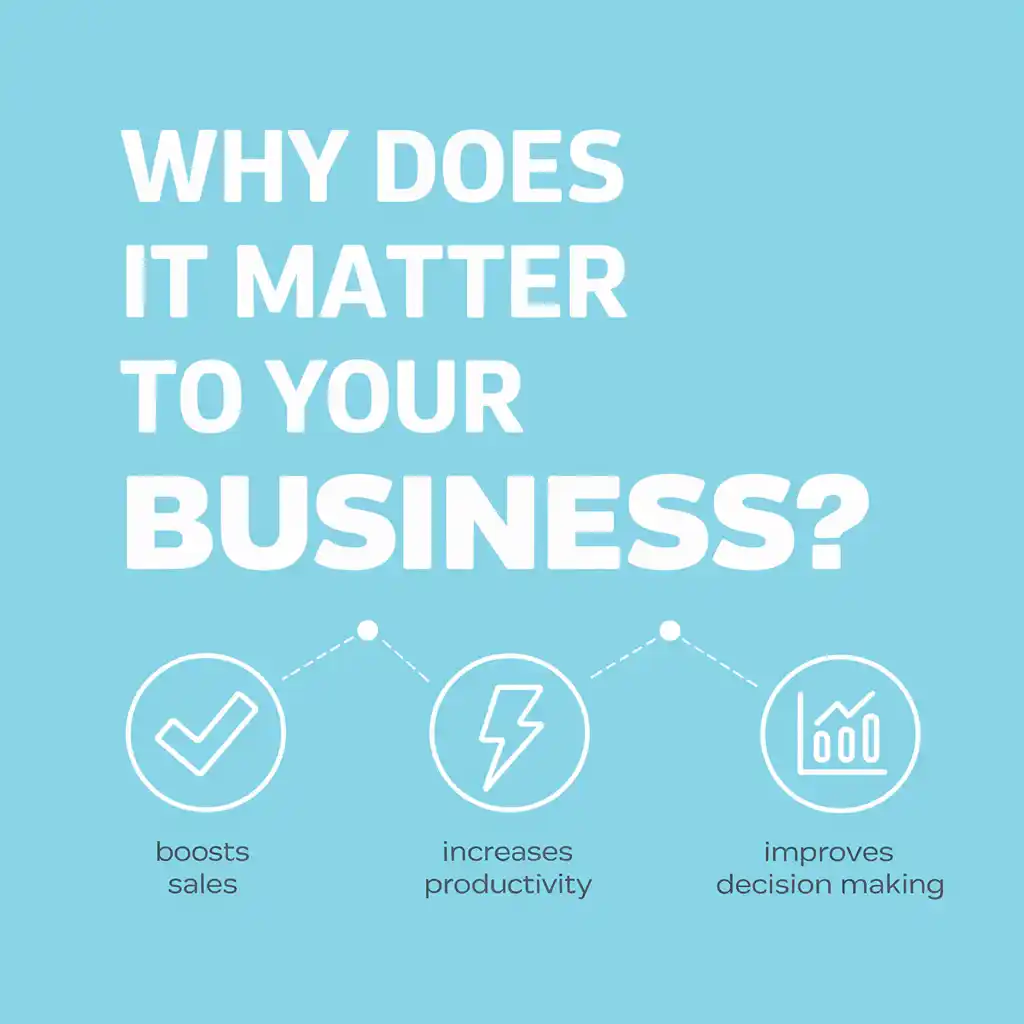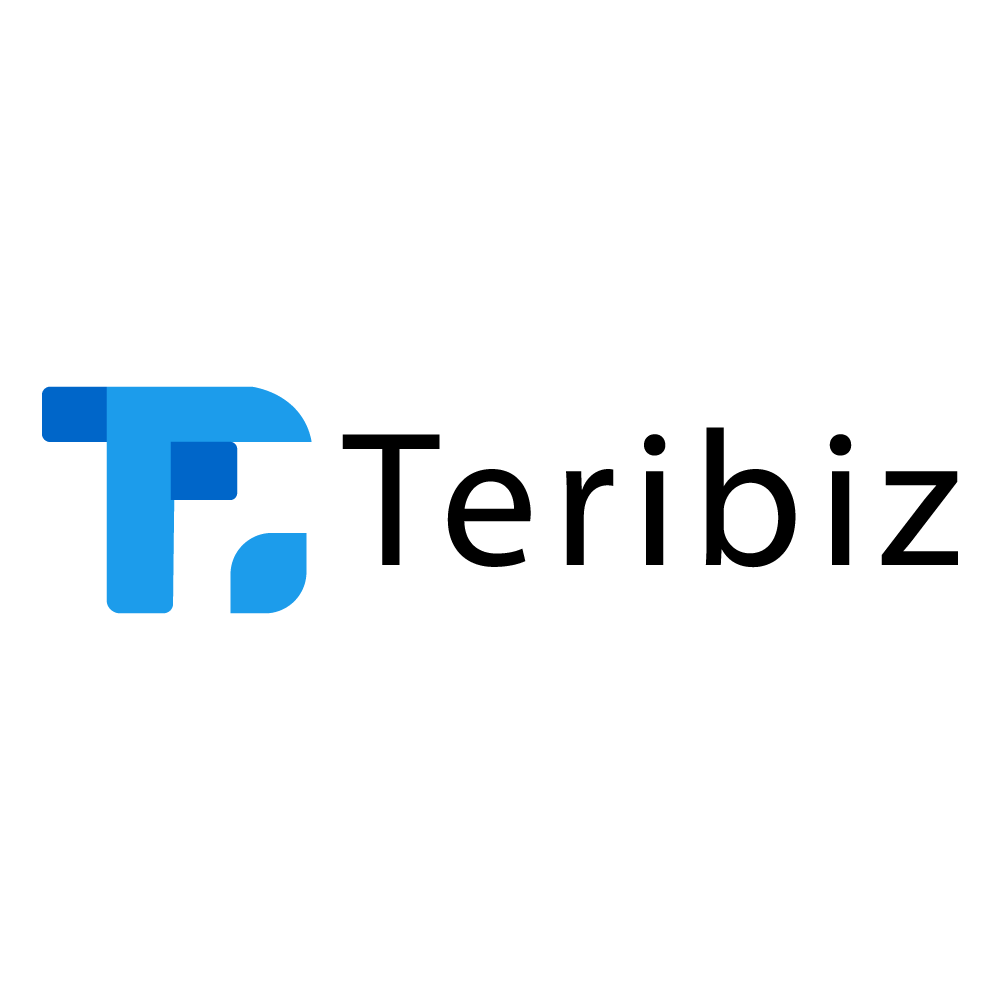
If you’re new to the business world or just looking to refresh your knowledge, you’ve probably come across the terms “marketing” and “branding” more times than you can count. Though frequently perceived as synonymous, these concepts actually serve distinctly different strategic purposes. In fact, comprehending the nuanced distinctions between marketing and branding can be instrumental in maximizing your business’s potential for success.
Let’s break down these concepts in a fun, engaging, and easy-to-understand way. By the end of this article, you’ll have a clearer picture of how marketing and branding work together to build a business that stands out, attracts customers, and keeps them coming back.
What is Branding?
Branding is often described as the personality of your business. It’s how you want people to perceive you, how you present yourself, and the overall experience you offer to customers. Think of your brand as the essence or identity of your business. It’s the values, the mission, the story behind your company, and the feelings you want to evoke in your customers.
Branding encompasses a comprehensive range of elements, from visual identifiers like logos and taglines to organizational culture and audience interaction strategies. It represents the unique differentiator that distinguishes your business within a competitive marketplace. When people think of your business, they should be able to recognize your brand based on the values and emotions you’ve built around it. It’s the connection that turns a one-time customer into a loyal advocate.
Key Components of Branding:
- Logo and Visual Identity: Your logo, color palette, fonts, and visual elements are all part of your brand identity.
- Core Values and Mission: The principles that drive your business. What do you stand for? What is your purpose?
- Voice and Personality: How your brand speaks to its audience—whether it’s friendly, professional, quirky, or serious.
- Customer Experience: From the first impression to long-term interactions, every touchpoint shapes how people feel about your brand.
What is Marketing?
Marketing, on the other hand, is the strategy and tactics you use to promote your business. It’s all about getting your message in front of the right people, at the right time, and in the right way. Marketing includes various activities designed to grab attention, generate leads, and ultimately drive sales.

Think of marketing as the action plan that brings your brand to life in the eyes of your target audience. It’s the series of steps and campaigns that help people discover your business, learn more about what you offer, and decide whether or not they want to buy from you.
Key Components of Marketing:
- Advertising: Paid strategies like Google ads, social media ads, and traditional advertising such as TV or print.
- Content Marketing: Blogs, videos, podcasts, and social media posts that engage your audience.
- Search Engine Optimization: Strategic methodologies designed to enhance digital platform visibility and search result rankings.
- Public Relations (PR): Strategies to manage your business’s reputation and relationships with the media.
- Email Marketing: Newsletters, promotional emails, and other forms of communication aimed at nurturing leads.
- Promotions and Discounts: Limited-time offers, sales, and coupons to encourage immediate purchases.
Branding vs. Marketing: What’s the Difference?
Now that we’ve defined branding and marketing, it’s time to dive into the key differences between the two. Understanding these differences will help you create strategies that align with your business goals.
Purpose:
- Branding: The fundamental objective of branding is to cultivate a sustained, emotionally resonant connection with your target audience. It involves strategically crafting a distinctive perception and enduring impression.
- Marketing: Marketing is focused on immediate results. It’s about driving awareness, generating leads, and boosting sales in the short-term.
Focus:
- Branding: Branding is about who you are. It’s the foundation on which all marketing efforts are built.
- Marketing: Marketing is about how you promote your business. It’s a set of activities that help you reach and engage your audience.
Longevity:
- Branding: Branding is long-term. It’s about building a reputation that lasts, and it doesn’t change drastically over time.
- Marketing: Marketing strategies can change based on trends, seasons, and business objectives. It’s constantly evolving.
Audience Impact:
- Branding: Branding systematically develops trust and cultivates long-term customer loyalty by establishing meaningful, ongoing audience relationships.
- Marketing: Marketing is more transactional. While it can influence loyalty, it primarily drives immediate actions like purchases, sign-ups, or downloads.
Consistency:
- Branding: Maintain a uniform brand identity across every customer interaction point, ensuring seamless representation from digital platforms to direct customer service experiences. Your brand serves as a comprehensive reflection of your organization’s core identity, fundamental values, and distinctive organizational ethos.
- Marketing: Marketing campaigns can change frequently. For example, you might run a holiday campaign or a limited-time promotion, which will differ from your regular marketing activities.
Why Does It Matter to Your Business?
Marketing and branding share a symbiotic relationship. Both are critical to organizational success, requiring thoughtful integration and harmonious execution. Here’s how:

Branding Builds Recognition and Loyalty: When your branding is clear and consistent, it helps build recognition. As audience familiarity with your brand increases, logo recognition and brand messaging trigger trust mechanisms. This trust progressively transforms into customer loyalty, with loyal customers more inclined to repeat purchases and generate referrals.
Marketing is what drives people to take action: Marketing is what drives people to take action. Without effective marketing strategies, you may struggle to reach your audience, no matter how strong your brand is. Marketing campaigns help boost sales, increase leads, and grow your business. Whether it’s through SEO, content marketing, or paid ads, marketing tactics push your business forward.
Branding Provides a Solid Foundation: Think of branding as the foundation of a house. Without it, your marketing strategies would have nowhere to stand. A well-defined brand guides your marketing efforts, ensuring that every ad, post, and email reflects your core values and identity.
Marketing Elevates Your Brand: While branding is about who you are, marketing helps you tell the world who you are. Marketing amplifies your brand message and gets it in front of the right people at the right time.
The Role of Both in Building a Strong Business
So, how can you leverage both branding and marketing to build a successful business?
Establish a Robust Brand Foundation: Strategic methodologies designed to enhance digital platform visibility and search result rankings. What are your core values? What’s your mission? What’s your story? Understanding these aspects of your business is crucial before you move forward with marketing strategies.
Use Marketing to Amplify Your Brand: Once your branding is solid, use marketing to spread the word. Whether it’s through content marketing, social media, or paid advertising, ensure that every marketing effort is aligned with your brand’s core message. Consistency is key!
Maintain Brand Consistency While Adapting Marketing Approaches: strategies should evolve, but your fundamental brand identity must remain stable. Experiment with diverse marketing tactics and tools while preserving your brand’s core message, values, and personality. Such consistency reinforces trust and brand recognition.
Cultivate Enduring Relationships Through Strategic Branding: facilitates customer acquisition, branding ensures sustained engagement. Develop meaningful customer connections through narrative storytelling, shared value systems, and authentic interactions. A compelling brand creates emotional resonance that naturally encourages ongoing loyalty.
Final Thoughts
In the dynamic interplay between marketing and branding, both represent indispensable components of a comprehensive business strategy. Branding establishes organizational identity and nurtures long-term relationships, while marketing generates awareness, attracts potential customers, and drives revenue generation. By understanding the distinct roles of both, you can create a cohesive strategy that not only helps your business stand out but also creates a loyal customer base.
So, whether you’re just starting out or looking to take your business to the next level, remember that branding comes first, followed by marketing to amplify your message. It’s the combination of both that will truly make your business shine.
